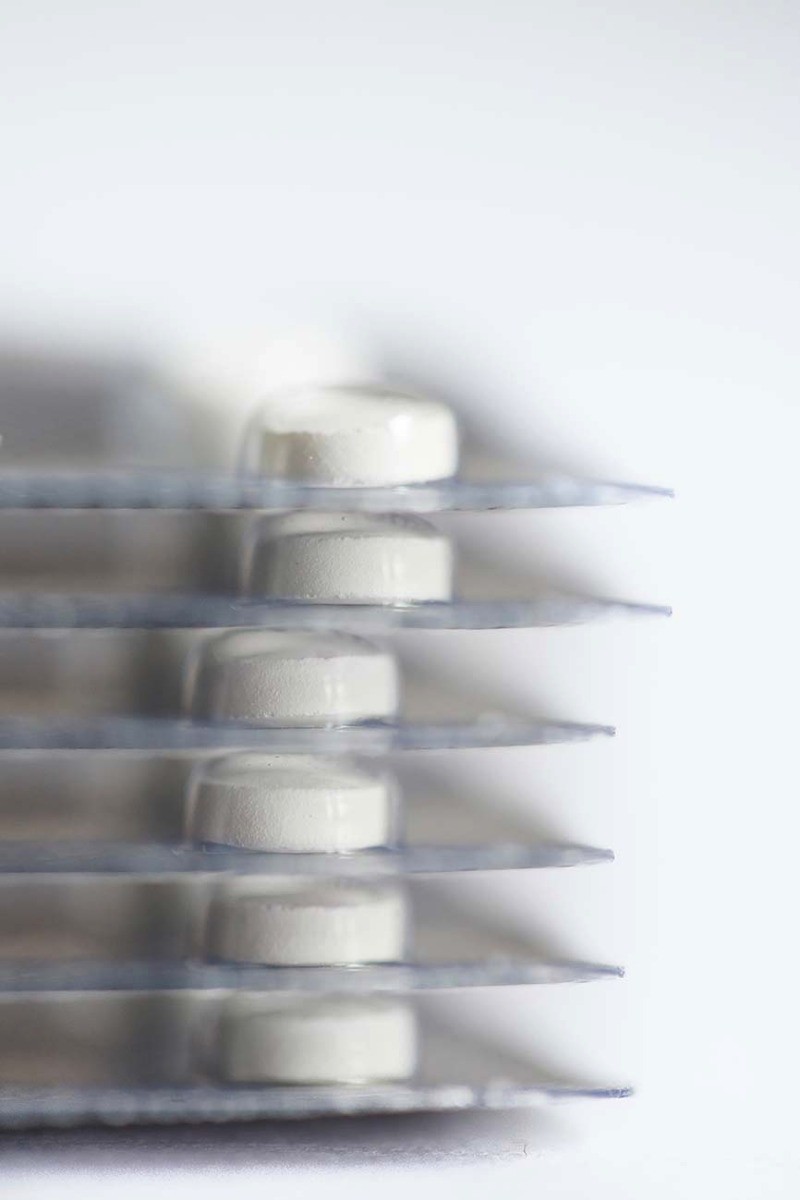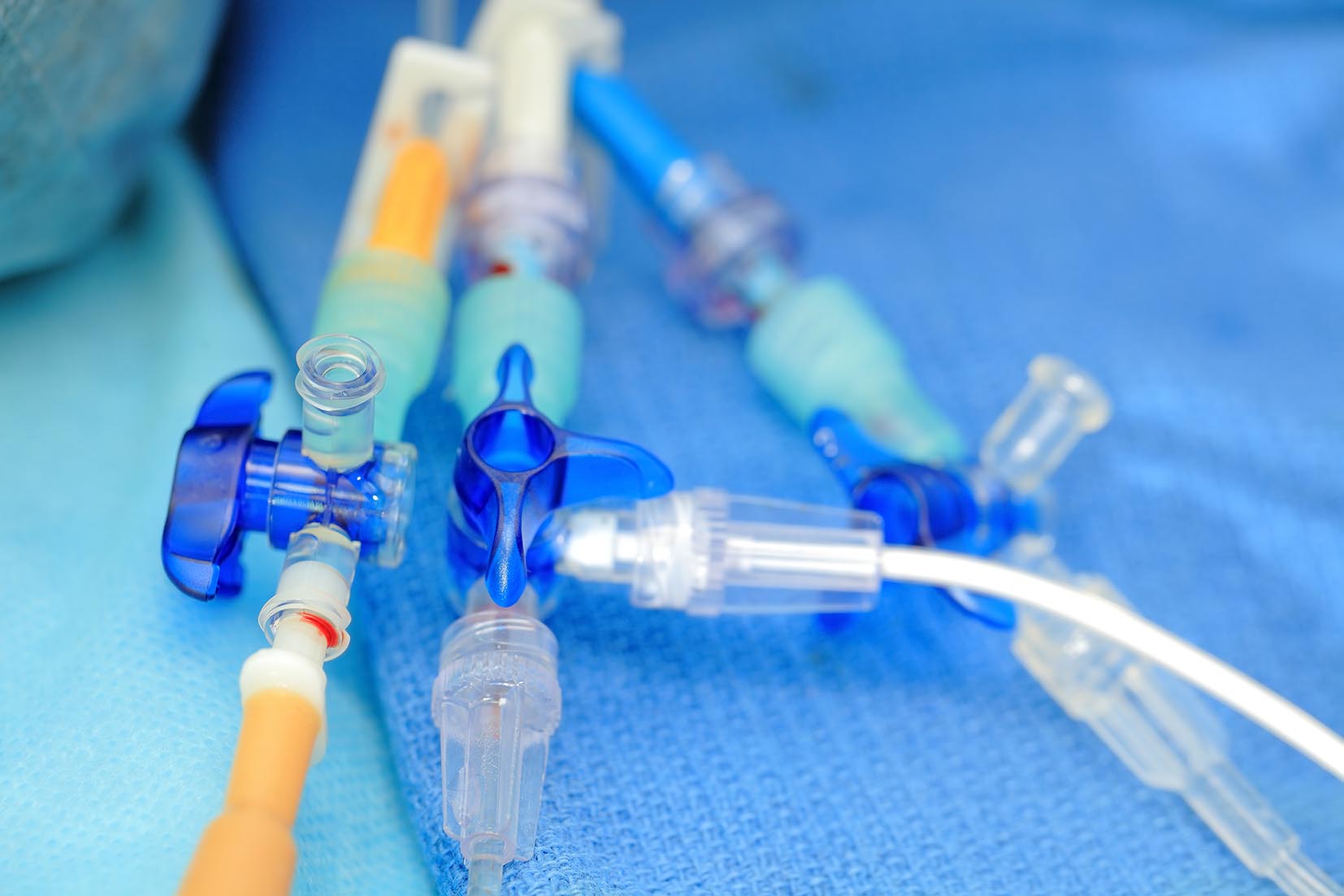Oncology and palliative care
Cancer has reached epidemic proportions worldwide. More than 60% of the world’s total new annual cases occur in Africa, Asia, and Central and South America, accounting for 70% of the world’s cancer deaths. Cancer treatment in these regions is often too expensive and not accessible for many. To address this problem, IDA Foundation has developed a basic range of quality oncology products in line with the WHO Essential Medicines List.
Partnering for greater access to essential cancer treatment in LMICs
Pfizer
In early 2021, IDA Foundation and Pfizer announced a partnership to provide equitable access to quality cancer treatments in almost seventy low- and middle-income countries (LMICs) across Latin America, Asia, Africa and the Western Pacific region. This supply agreement means that millions more patients will now have the potential to access innovative chemotherapy medicines for multiple types of cancer. Our partnership means that an additional 62 countries, not previously served by existing market access agreements, will gain access to sterile injectable treatments. These 62 countries include eleven low- and middle-income markets in the WHO Western Pacific area, which has the highest cancer mortality rate in the world. Read more about this partnership in our blog.
ATOM coalition
Recognising the gap in access to essential cancer treatments, diagnostics and medical technologies, IDA Foundation joined the UICC-led ATOM Coalition in 2024—a global initiative dedicated to addressing the barriers related to availability, affordability, and appropriate use of oncology medicines in low- and lower-middle income countries (LLMICs).
As part of this commitment, IDA Foundation contributes its expertise in sourcing, quality, and supply chain to strengthen the ATOM Coalition’s Medicines Access Pathways Model.
This partnership leverages IDA’s NCDconnect solution for NCD (non-communicable disease) medicines and medical devices. Launched in 2023 with technology expert Solvoz, NCDconnect focuses on addressing the unique challenges of NCDs in underserved regions. By aligning our efforts with ATOM’s extensive oncology and cancer care network, we aim to bridge critical gaps in global health supply chains and improve access to life-saving cancer treatments.
Palliative care
Aside from cancer medicines such as chemotherapy, palliative care, including access to pain relief, is an urgent humanitarian need worldwide, especially for children and adults with advanced cancers. Current estimates suggest that at least 2.9 million people with cancer or HIV/AIDS suffer the terminal phase of their disease with no access to pain relief medication. IDA Foundation offers palliative medicines in our product range to serve these patients. Relief from physical and psychosocial problems can be achieved in over 90% of advanced cancer patients through palliative care. Effective public health strategies, comprising of community- and home-based care are essential to provide pain relief and palliative care for patients and their families in low-resource settings. (WHO, 2016)
See our Oncology Product List for a full overview of our oncology products.


